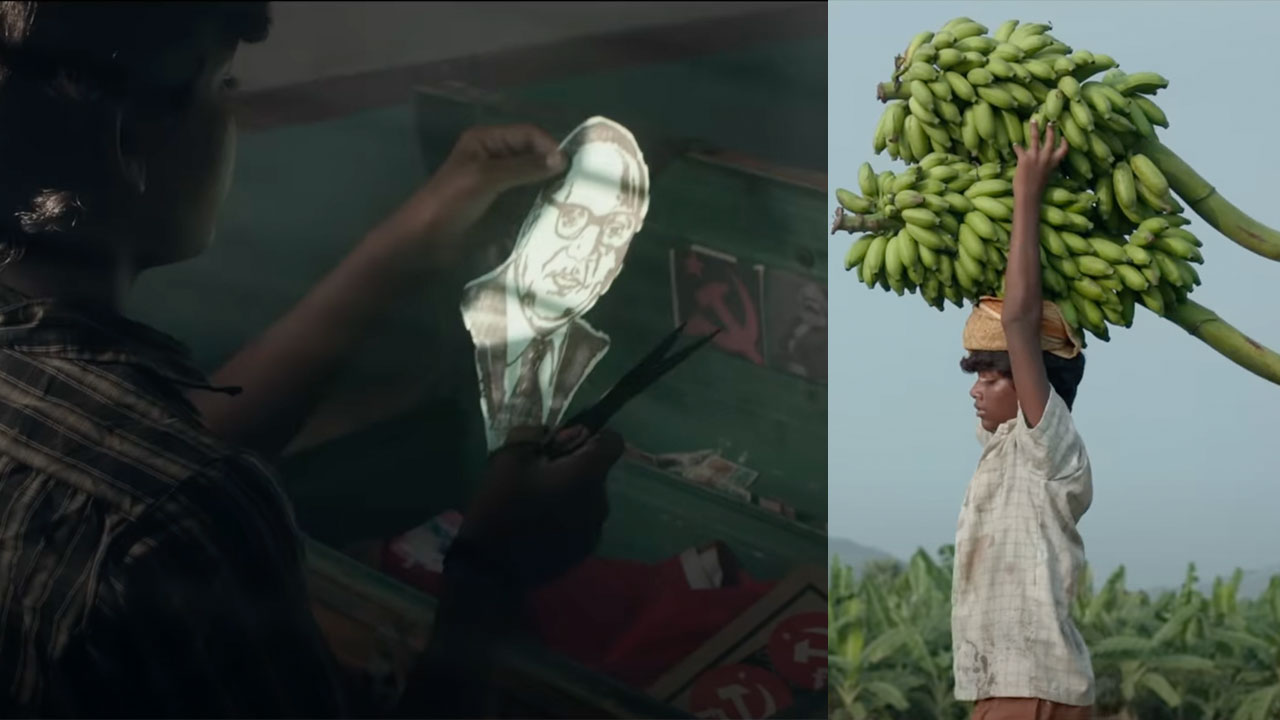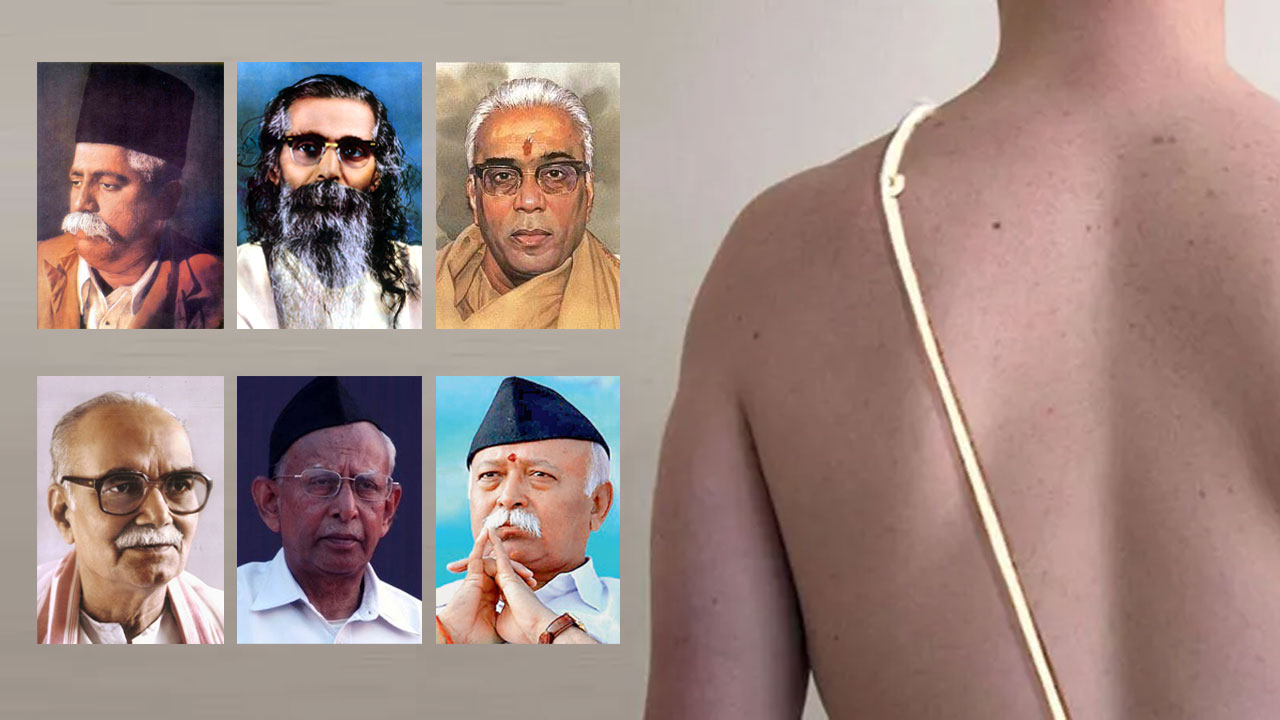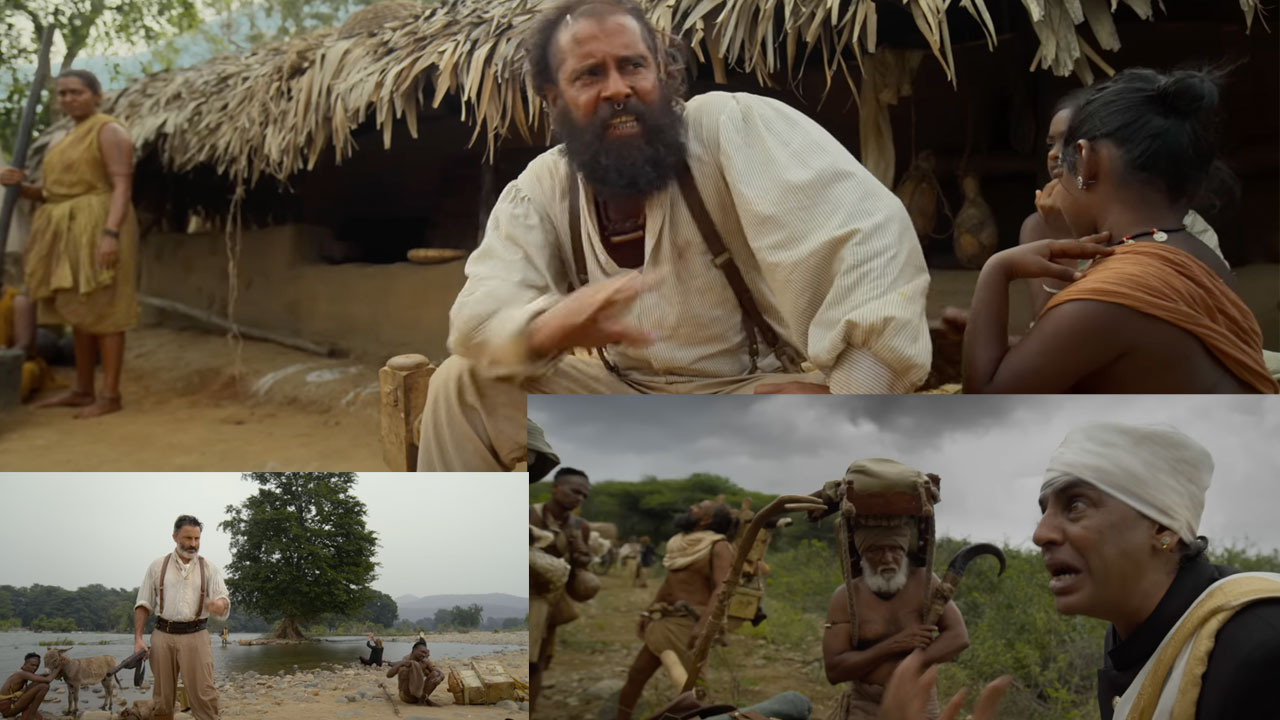Reviewing the anti-caste literature of K. Balagopal, a civil rights activist and lawyer, who most actively worked in the formerly united Andhra Pradesh (which is Andhra Pradesh and Telangana today) is challenging, because “caste” was an important, but only one among the different axes he worked. His was a broader project, which he believed to be a “movement for rights”. By that logic, every piece written by him – whether it is on land issues, commentaries on some court proceedings, judiciary, law, citizenship rights, issues of domestic violence – mention the category of caste either functionally or theoretically, or both. Therefore, reviewing his anti-caste literature implies reviewing all his writings. Yet, for the purpose at hand, this essay shall review only a few of his writings (and lectures) which declare “caste” as a prime category in his vision for the rights movements. The writings broadly revolve around the question of reservations, caste-based atrocities, and their relationship with democracy.
At a lecture in May 1996 organized by the People’s Democratic Front in Bangalore, as well as in his writings, he traced the history of the nature of rights organizations in India. There are some like People’s Union for Civil Liberties (PUCL) formed in 1976, majorly as a reaction to the Emergency, so as to protect civil rights in an environment in which the most basic rights came under attack. Another situation which led to the emergence of rights organizations were the “encounters” and similar extreme, extra-judicial measures taken by the State, especially against those people suspected to have Maoist links. This is how organizations like Association for Protection of Democratic Rights (APDR) in West Bengal and Andhra Pradesh Civil Liberties Committee (APCLC) were formed in 1972 and 1974, respectively. There are several more examples, even of individuals like Jaswant Singh Khalra, rights activist who became a voice against the post-Operation Blue Star abductions and killings of Sikh youth, and was brutally murdered in 1995. Despite different contexts responsible for the rise of rights organizations, they are all known to question and resist the State whenever the State rises to authoritarian and draconian levels. This is what Balagopal in his time at APCLC between 1982-1998, was involved in, as the organization stood for similar principles. However, at the 1996 lecture, he recalled how several Ambedkarites and anti-caste activists and intellectuals questioned him on why “caste” was not a matter concerning “human rights”. Balagopal, who was born into a Telugu Brahmin family, confessed that in the very beginning of his work with APCLC, he believed that caste was not a rights issue, but then soon began to see that it very much ought to be. In fact, he also came to believe that it should be the starting point of any rights movement. When he delivered the 1996 lecture, he was still in his final years in APCLC. He said, “Very often, Ambedkar’s ideas are presented as the ideas of a Dalit intellectual fighting caste. That, of course, is true. But beyond that, he has to be seen as one of the greatest democrats of India, a person who was thoroughly and completely convinced about the need for implementing the best democratic principles in the country, which have come from European Enlightenment and European Democratic Revolution. One can find that critique in Ambedkar frequently. These two get mixed in Ambedkar’s writings. This is a very powerful idea which emerges from Ambedkar’s writings. And this idea has to become part of the civil rights movement …”
He believed that Ambedkar’s critique of a caste society is also a “democrat’s critique of an undemocratic system”. One ceases to exist with the death of the other, and both go hand in hand. This realization set in some time before this lecture itself, and he wrote about it extensively in English. In the year 1980, the Mandal Commission recommended an extension of the reservations regime to include Other Backward Classes (OBC), a statistically and socially recognized collective of castes from across the country that remained historically underrepresented socially and educationally. A decade later, the decision to implement this recommendation was taken under then prime minister V.P Singh’s, which gave rise to ugly images of violence that remain with us till today. Balagopal wrote about the anti-Mandal agitations, but even earlier in 1986, he had written about the Muralidhar Rao Commission constituted by the N.T. Rama Rao government in Andhra Pradesh, whose report carried significant influences of the Mandal Commission report, and recommended an increase in reservations for the Backward Classes in the state. There were aspects common to both these pieces of writing and contain observations that remain unique even today.
Firstly, his writings show “violence” (of the casteist nature in this case) as a continuum involving the media, State, and society. So in both pieces, he hints sharply at how both the media and police are generally averse to any kind of agitation, protest, resistance, but in the case of protests against OBC reservation, the media appeared encouraging and empathetic towards protestors; the police ensured that not a single protestor was hurt. While political parties ensured that they did not show public support, their youth wings participated with full vigour. He also emphasized in both contexts the unabashed hypocrisy shown by those who claim to be more aware and critical than the “masses”. He noted that the so-called progressive groups which roughly make up the intelligentsia – some academics; those associated with the media of liberal, counter-culture nature; and politically, the left spectrum – all showed their true colours only in these anti-reservation agitations. Discourse on caste had remained absent from progressive spaces and was treated as something that belonged in the past and suddenly there were many narratives emerging from these spaces justifying the agitations – one pointing at a loss of “merit”, another at the anxiety of losing gainful employment opportunities; and yet another equating the sufferings of castes that make up the Backward Classes with that of the lower classes among the upper castes. Balagopal not only provided an in-depth analysis of the genesis of formation of a caste society, but also noted why organizing among the Backward Classes (BCs) was tougher than among the Scheduled Castes (SCs).
There had been several atrocities against the SCs. In Andhra Pradesh, the Karamchedu massacre of 1985 remains one of the most horrific. The perpetrators were men of the Kamma caste, a dominant agrarian caste, who ironically had begun the first wave of anti-caste movement in Andhra Pradesh, specifically against Brahmins. So Dalits (SCs), though much worse off than the BCs socio-economically, had a history of organizing themselves against such horrific acts of violence. But, the anti-Mandal agitation was the first such challenge to the rights of the BCs, and they needed to build networks among castes that remained scattered across the country.

On the fear of some sections of the Left about reservations taking away jobs, Balagopal wrote that it was dubious and unfounded. In any case, when the agitations took place in early 1990s, the reservations did not apply to educational institutions and the state governments were free to not implement these reservations. The upper castes did not care for the vast number of low-income positions because these positions were no match for their proclaimed level of “merit”. Balagopal thus showed that the agitations were not driven by the fear of unemployment. Rather, the upper castes couldn’t digest the audacity of the lower castes to organize around their identity and make demands on the State. This showed the hollowness and vanity of the idea of “merit”.
He highlighted the brahmanical feeling of superiority concerning “knowledge” in the invocation of merit, and asked if educational qualification and employment demanded merit, then why shouldn’t the same logic apply to property held by the upper castes? In other words, if “merit” is the ideal by which society should function, then the property of the upper castes should be passed down to those who “deserve” it, not to their children and grandchildren. But here, quite conveniently, birth-based rights apply and not “merit”. So all these narratives were mere rhetoric to mask the rage that upper castes felt at the lower castes demanding rights that they considered reserved for them.
On the question of equating lower classes of upper castes with the BCs, he explained that the genesis of caste itself explains how that is not possible. Even the lower classes among the upper castes can tap into their caste networks to augment resources and land and get jobs. Social networks, which give rise to increased mobility, come with caste networks and privilege, which the lower castes do not have access to. In other words, even the lower classes among the upper castes have social capital that the lower castes don’t. To that end, Balagopal mocked the 1986 and 1990 agitations, stating that they had been organized historically by way of shastras and capital and were senseless theatrics. In that context, what the progressives, especially the Left, should have done was to sensitize the lower classes among upper castes, about the baselessness of the fear of unemployment rather than put forward the argument of class identity.
Balagopal wrote extensively on the two most horrifying caste atrocities that took place in Andhra Pradesh – the 1985 Karamchedu massacre and the 1991 Tsunduru massacre. He explained the contexts of both, emphasizing how caste and gender were simultaneously at play. In the context of the 1991 massacre, he noted that the massacre was triggered by hearsay that a Brahmin woman had been raped by a Dalit. He cited Manusmriti, according to which a lower-caste woman touching an upper-caste woman, more specifically sexual intercourse of a lower-caste man with an upper-caste woman, is a matter that attracts severe punishment, because the body of a woman holds the honour of the entire caste community she belongs to. While that invites much oppression of upper-caste women, their maintenance of caste networks and the access to and accumulation of resources that the networks facilitate, naturally make them equal participants in maintaining caste oppression of lower-caste women. Manusmriti also thus legitimizes the rape of a lower-caste or a Dalit woman by men of caste above them if they feel the lower castes or Dalits are not “behaving”. Caste and gender, for Balagopal, were absolutely intertwined and could not be viewed separately.
In the case of the Tsunduru massacre, the Scheduled Castes-Scheduled Tribes (Prevention of Atrocities) Act was invoked and a special court was set up in the village of atrocity itself, due to agitations by the survivors. While delivering a lecture many years later in 2006, at the University of Hyderabad, he appreciated this powerfully drafted law, which is almost a direct result of the very specific nature of agitations and demands by SCs and STs. And yet, he lamented the implementation of this Act, whose full potential could not be tapped due to the upper-caste composition of the judiciary and the police and a brahmanical mindset that pervades these wings of the State and society. He said there are multiple ‘Karamchedus’ and ‘Tsundurus’ and that these massacres are not singular, grand events, but rather they are bred by everyday violence.
Balagopal made astute observations comparing the two massacres. In the 1991 Tsunduru massacre, he said, the upper-caste communities defended the atrocity with more “rigour” as compared to 1985, and argued that this could have happened as a result of their wrathful and hideous organization during the 1990 anti-Mandal agitations, which provided them with the foundation to use their position in the caste hierarchy and justify a horrid atrocity at Tsunduru. Therefore, caste organization that took place around matters of ‘merit’ and reservations in public employment, and these caste atrocities were part of the same continuum, and must not be viewed as separate events.
When one revisits Balagopal’s anti-caste writings in today’s context – when an illogical Constitutional provision granting 10 per cent reservation for Economically Weaker Sections has been upheld by the Supreme Court and the liberal, progressive and left spectrum has been silent; when many atrocities that have been reported and many more may not have been reported – one cannot but read them as matter of great relevance. We are reminded of the takeaway from Balagopal’s larger project of a rights movement that unless caste is annihilated, a truly democratic society will remain a far-fetched dream.
Forward Press also publishes books on Bahujan issues. Forward Press Books sheds light on the widespread problems as well as the finer aspects of Bahujan (Dalit, OBC, Adivasi, Nomadic, Pasmanda) society, culture, literature and politics. Contact us for a list of FP Books’ titles and to order. Mobile: +917827427311, Email: info@forwardmagazine.in)





